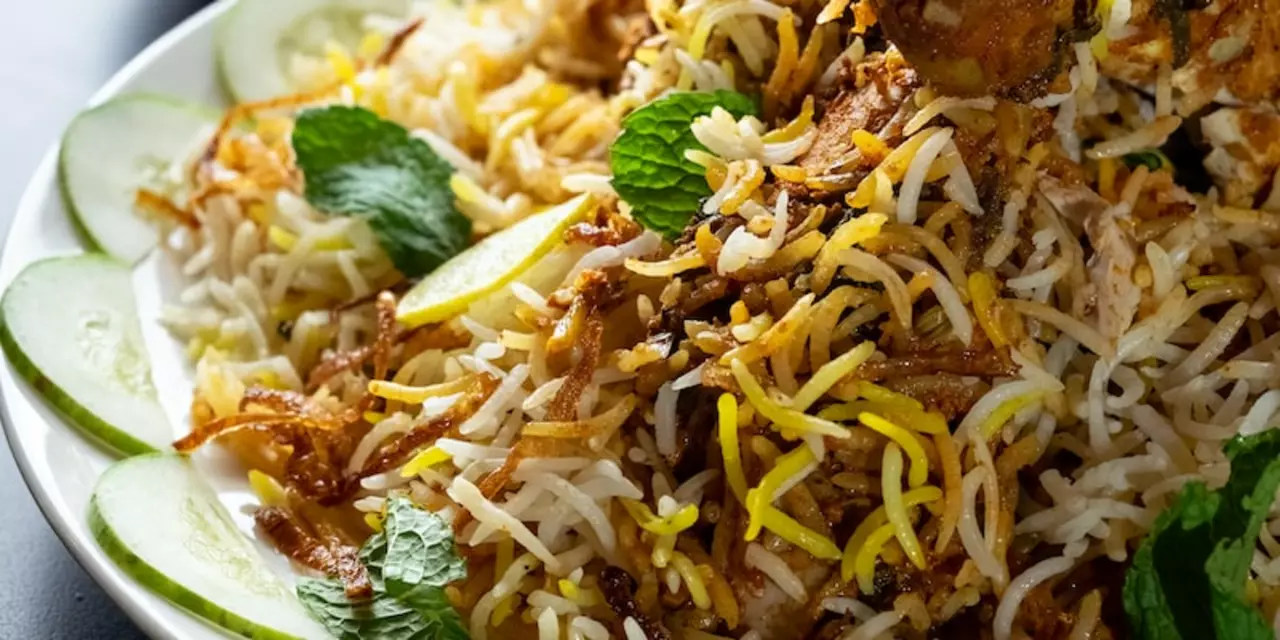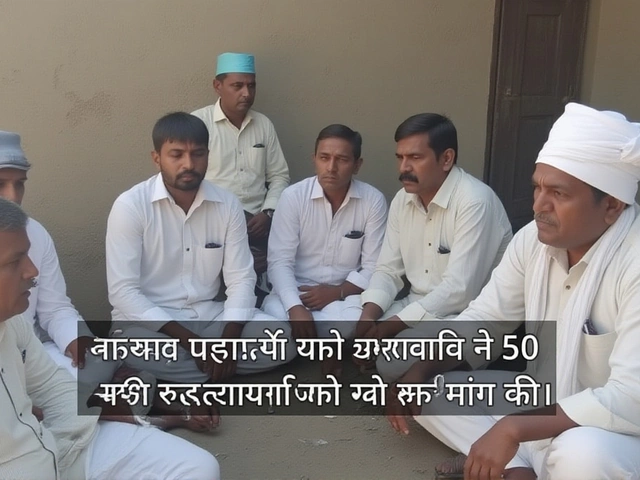Flavors – Discover the Tastes that Define India
If you’ve ever wondered why Indian food feels so alive, the answer lies in the flavors. Each bite carries a story of spice, texture, and tradition. From the crunch of bhujia to the tang of mango pickle, the country’s palate is a mix of bold and comforting notes that keep people coming back for more.
On this page we’ll break down what makes these flavors special, point out the snacks that showcase them best, and give you simple ways to bring a bit of India into your kitchen. No jargon, just plain talk about the foods that matter.
Why Indian Flavors Stand Out
India’s climate, history, and regional diversity create a perfect backdrop for flavor experiments. Hot spices like chili, cumin, and turmeric protect food from spoilage while adding heat. Sweet ingredients such as jaggery and coconut balance the heat, creating a harmony you rarely find elsewhere.
Another hidden hero is the technique. Roasting spices before grinding releases essential oils, which is why a freshly ground masala smells so powerful. The same principle works for toasted seeds in snacks – it adds depth without extra salt.
Finally, the love for texture sets Indian snacks apart. A good samosa isn’t just about the stuffing; it’s the crisp, flaky shell that makes you want another. The contrast between crunchy and soft keeps the palate engaged.
Popular Snacks and Their Signature Tastes
Bhujia – This thin, fried snack is a cocktail of gram flour, spices, and a pinch of asafoetida. The key flavor comes from a blend of chili powder and black pepper, giving it a sharp bite that lingers.
Pakora – Think of vegetables or paneer dipped in a chickpea batter and fried. The batter’s flavor rides on turmeric and garam masala, while the oil’s heat creates a golden crust. Serve it with mint chutney for that cooling contrast.
Dhokla – A steamed snack from Gujarat that feels light but packs a sour punch from fermented rice‑and‑chickpea batter. Green chilies and mustard seeds add a subtle spice without overwhelming the gentle texture.
Kachori – Deep‑fried pockets filled with spiced lentils or peas. The inside bursts with cumin, coriander, and dried mango powder, while the outside stays crisp.
Want to try these at home? Start with a basic spice mix: equal parts chili powder, cumin, and coriander, plus a dash of turmeric. Toss it into any snack batter or sprinkle it over roasted nuts for an instant flavor boost.
These snacks aren’t just tasty; they’re cultural icons. Whether you grab a pack from the store or whip one up in your kitchen, the flavors tell a story of regional pride and culinary creativity.
So next time you’re hunting for a snack that feels exciting, think about the flavor profile you crave – heat, tang, or crunch – and pick a Indian snack that matches. You’ll get a quick taste of the country’s rich food heritage without leaving your couch.
Keep this page handy for quick reference on the most popular flavors, and feel free to experiment. A pinch of this, a dash of that, and you’ll be serving up authentic Indian vibes in no time.



